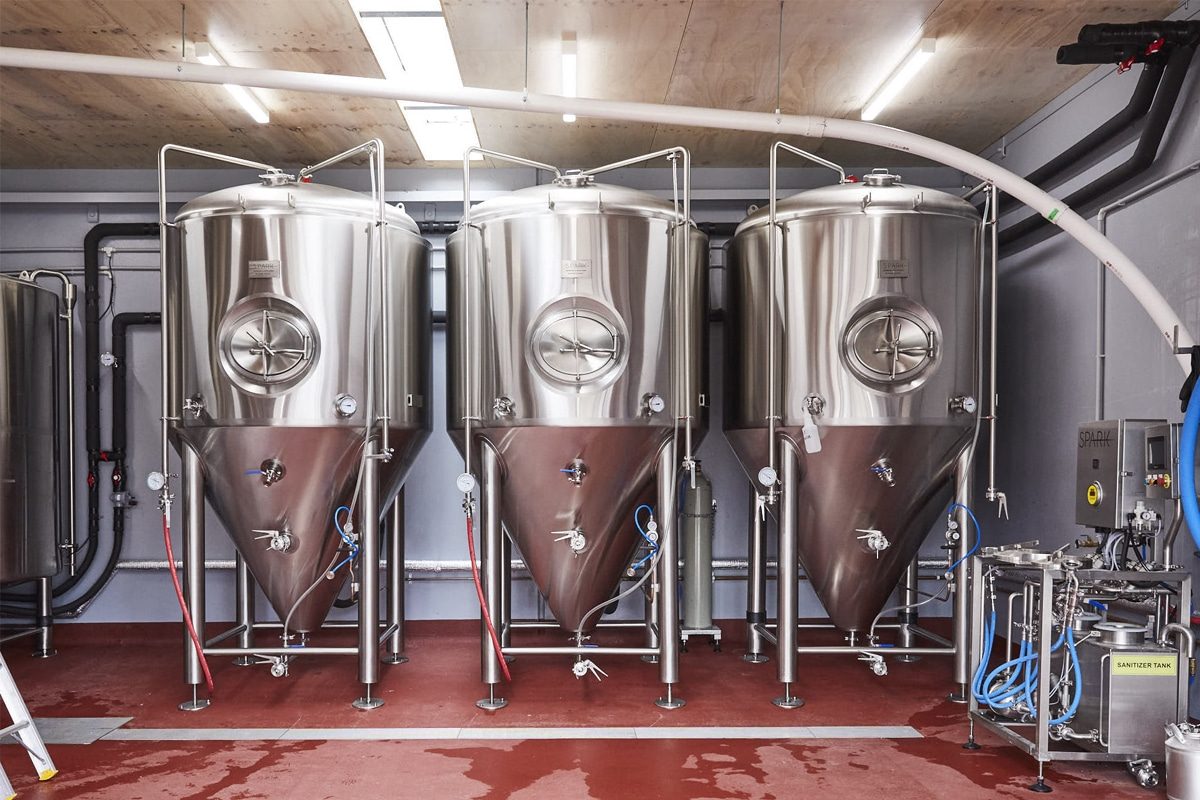
Bright Tank VS Unitank: Which To Choose?
In the dynamic realm of craft beer, where precision and passion, innovation and tradition are intertwined, the choice of brewing vessel can greatly influence the masterpiece that ends up in the glass of eager customers. One of the key decisions brewers face is choosing between two strong contenders: Bright Tank and Unitank. Each container has its own unique properties and contributes to beer brewing in a unique way. As breweries strive for excellence and seek to carve out a niche in the ever-expanding beer landscape, the decision to adopt Bright Tank or Unitank becomes a critical crossroads.
This article comprehensively explores the conundrum of Bright Tank and Unitank dissects their functions, reveals their role in the brewing process, and ultimately guides brewers through the maze of choices. Whether you’re an experienced brewer looking to optimize your production line, or a newbie eager to understand the intricacies of brewing vessels, join us on a journey to get to the heart of fermentation matter and decipher which vessels dominate in a specific brewing environment status.
Bright Tank VS Unitank
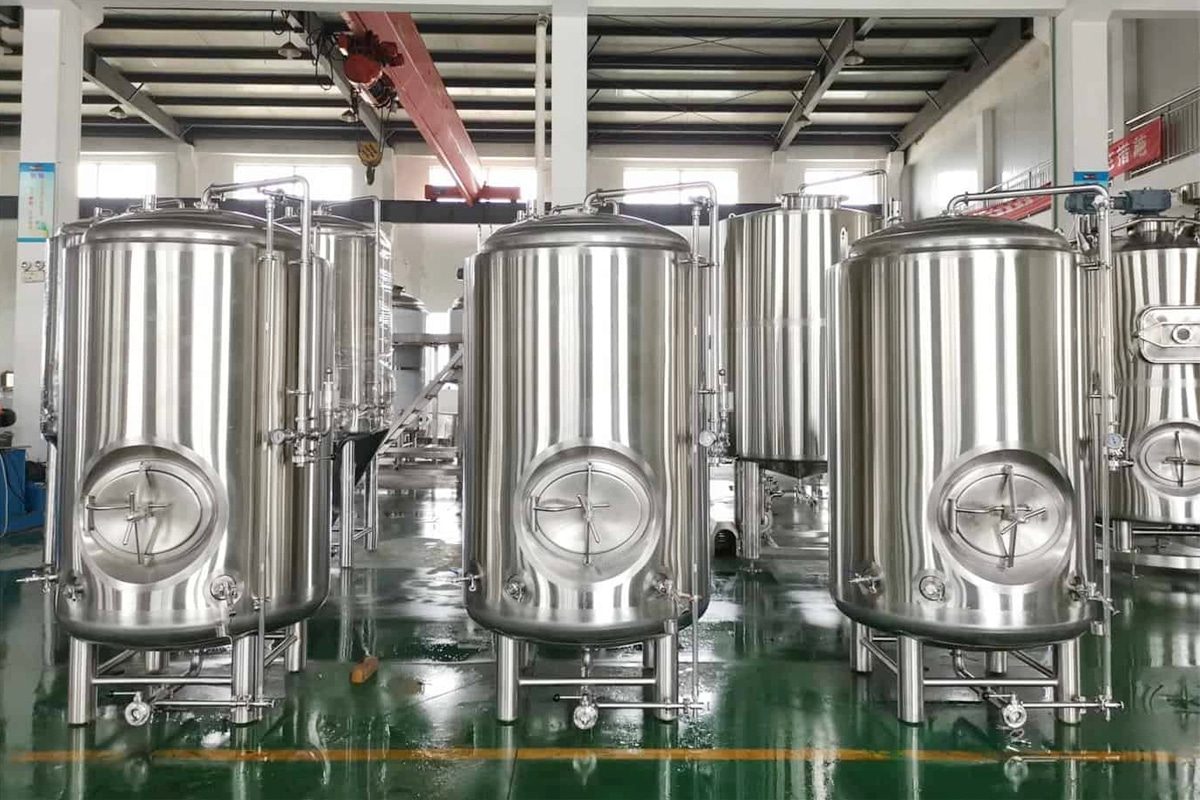
What is Bright Tank?
A Bright Tank, also known as a conditioning tank or serving tank, is an important container in a brewery specifically designed to condition, carbonate, and store beer before packaging for distribution or consumption.
Definition And Purpose
Bright Tank is a special container mainly used in the post-fermentation stage of beer production. Its primary function is to condition and clarify beer to ensure optimal taste, aroma, and clarity before it is packaged into kegs, bottles, or cans for sale or distribution. Unlike fermentation tanks, Bright Tanks are not used for the fermentation process, but for the final stages of beer preparation.
Function
Bright Tank’s functionality revolves around three key processes: conditioning, carbonation, and clarification.
- Conditioning: After primary fermentation in the fermentation tank, the beer is transferred to a bright tank for a period of conditioning. During this stage, the beer undergoes a maturation process and develops a mellow flavor while residual yeast and solids settle out, contributing to the beer’s overall clarity and stability.
- Carbonation: The Bright Tank is equipped with a carbonation system that allows brewers to precisely control and inject desired levels of carbon dioxide into their beer. This process gives the beer that effervescence that’s crucial to its mouthfeel and overall sensory experience.
- Clarification: As beer conditions and carbonation change, the bright tank acts as a settling chamber, allowing suspended particles to settle. The process not only makes the beer clear but also visually appealing, increasing its marketability.
Design And Construction
Bright Tank showcases designs tailored to its specific function, often with the following features:
- Materials: Bright Tanks are typically made of stainless steel, ensuring durability, cleanliness, and corrosion resistance. The use of stainless steel also prevents any unwanted interactions that could affect the taste or quality of your beer.
- Pressure control: The Bright Tank is designed to withstand pressure since carbonation involves pressurizing the tank to dissolve carbon dioxide into the beer. This pressure elasticity ensures a safe and consistent carbonation process. Additionally, the tank has a pressure relief valve to maintain a safe environment.
- Cylindrical shape: Many Bright Tanks feature a cylindrical design, which helps yeast and other particles settle at the bottom. This design enables effective separation during the conditioning process.
- Cooling jacket: To regulate the temperature during conditioning, most Bright Tanks are equipped with a cooling jacket. These jackets allow brewers to maintain the beer at the desired temperature for optimal conditioning.
- Interior design: The interior of the Bright Tank has a polished, smooth surface that minimizes the risk of contamination and aids in the settling of yeast and other solids. Some tanks may have tapered bottoms to facilitate the collection of sediment, making it easier to remove prior to packaging.
All in all, the Bright Tank is a key vessel for the brewery, responsible for conditioning, clarifying, and carbonating the beer, ensuring the final product meets the high-quality standards consumers expect. Its design and functionality make it an integral part of the beer production process.
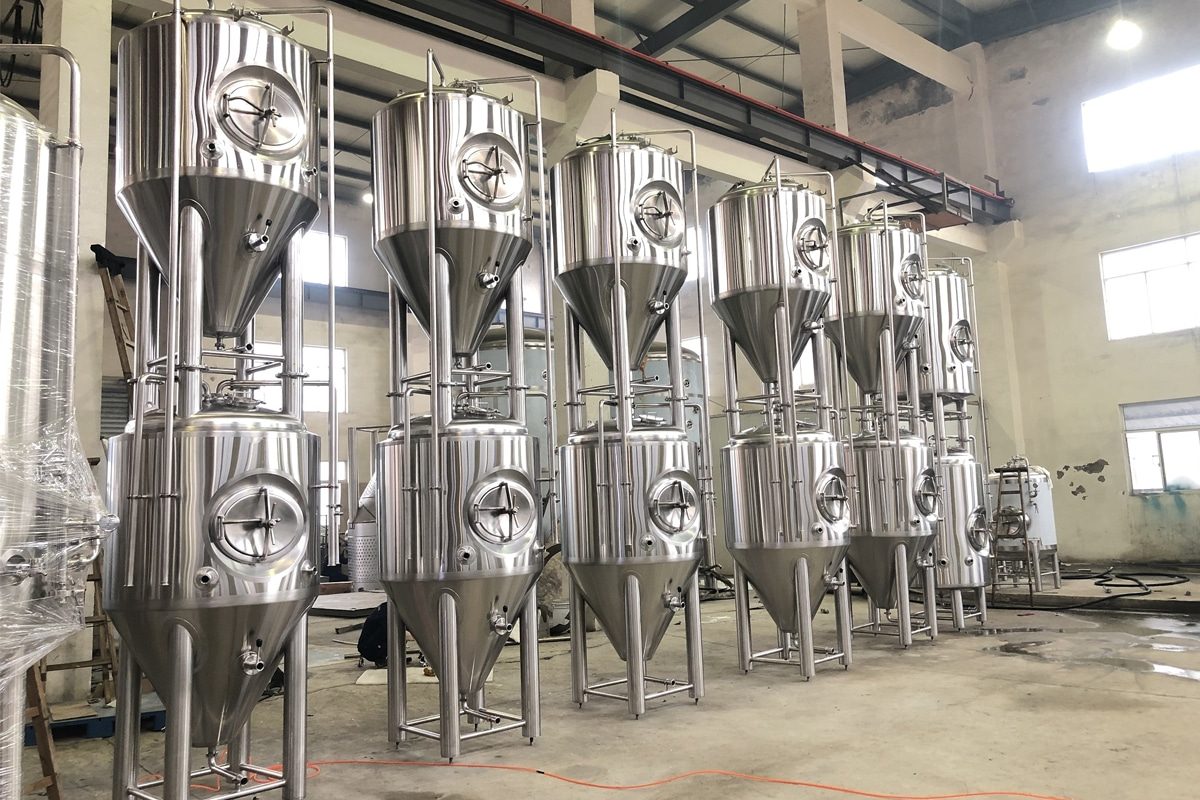
What is Unitank?
A Unitank, also known as a Uni-tank or Uni-vessel, is a versatile fermentation vessel widely used in brewing operations. Its name “Uni” comes from its ability to perform multiple functions in one tank during various stages of beer production.
Definition And Purpose
A Unitank, short for “Universal Tank,” is a fermentation vessel designed to perform multiple functions throughout the brewing process. Unlike traditional fermenters, which have specific roles such as fermentation, conditioning, or carbonation, Unitanks are designed to handle each stage seamlessly. The main purpose of Unitank is to streamline the brewing process by consolidating multiple tasks into one container, thereby increasing efficiency and flexibility.
Function
- Fermentation: Unitank excels at primary fermentation, providing a controlled environment for yeast to convert sugar into alcohol and carbon dioxide. The tank’s design allows brewers to easily monitor and control temperature, pressure, and other fermentation parameters.
- Conditioning: After the initial fermentation, Unitank can be used directly for conditioning to mature, clarify, and develop the flavor of the beer. This dual functionality eliminates the need to transfer beer to a separate conditioning container, reducing the risk of contamination and oxidation.
- Carbonation: Unitank is equipped to naturally carbonate beer by capturing and retaining the carbon dioxide produced during fermentation. Brewers can control carbonation levels by adjusting pressure, providing a customizable solution without the need for additional equipment.
- Storage: Unitank is used as a storage container for finished beer, eliminating the need to transfer product to bright cans or other storage containers. This integration minimizes handling and contamination risks, thus maintaining beer quality.
Design And Construction
- Materials: Unitank is typically made of stainless steel, which offers excellent durability, corrosion resistance, and easy cleaning. The use of stainless steel ensures a hygienic environment that is essential for brewing high-quality beer.
- Configurations: Unitank is available in a variety of sizes and configurations to accommodate different batch sizes and brewery sizes. The tank design includes features such as a conical bottom for sediment collection, a pressure relief valve for safety, and accessories for monitoring and controlling fermentation parameters.
- Cooling and heating systems: Many Unitanks are equipped with cooling and heating systems that allow for precise temperature control during fermentation and conditioning. A glycol jacket or coil integrated into the tank wall helps maintain the required temperature range, which helps maintain yeast activity and beer development.
- Pressure regulation: Unitank is designed to handle pressure, which aids in carbonation and maintaining a closed system throughout the brewing process. The pressure relief valve prevents overpressure, ensuring the safety of the vessel and brewing team.
- Sampling and monitoring: Unitank is equipped with ports for sampling and monitoring, allowing brewers to assess the progress of their beer without exposing it to external contaminants. These ports can also accommodate sensors for measuring temperature, pressure, and other critical parameters.
Unitank revolutionizes brewing operations by integrating multiple key functions into a single vessel, providing efficiency, flexibility, and quality control throughout the fermentation and conditioning process. Its versatile design makes it a valuable asset for breweries designed to optimize space, streamline processes, and consistently produce high-quality beer.
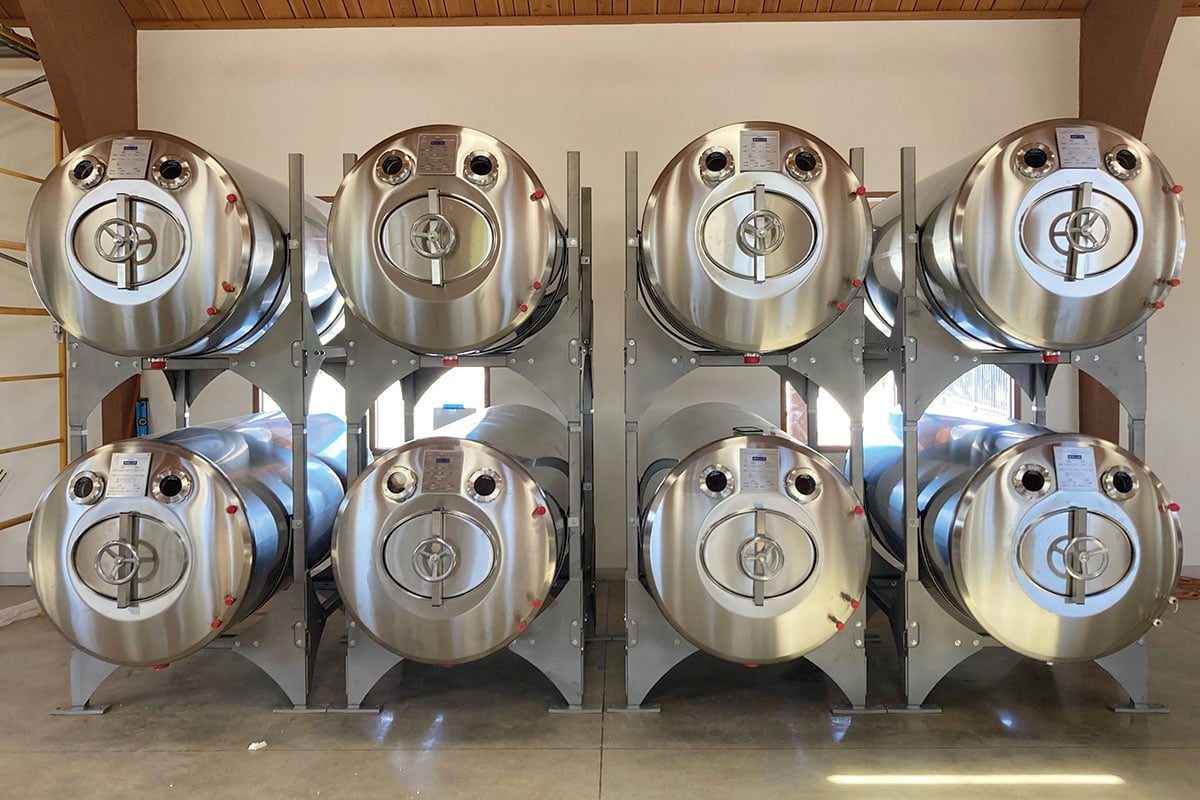
Bright Tank Advantages And Disadvantages
Bright Tank plays a vital role in the final stages of beer production, serving as a container for conditioning, carbonation, and storage. Understanding the pros and cons of Bright Tank is crucial for breweries looking to optimize their brewing process.
Advantages of Bright Tank
- Dedicated features: The Bright Tank is designed specifically for conditioning and carbonation, allowing brewers to focus on these critical final stages of beer production. This specialization ensures that the beer is optimally conditioned and carbonated, aiding flavor development and effervescence.
- Easy to use: Bright Tank is simple to operate and focuses primarily on conditioning and carbonation. Its design includes features that promote thorough cleaning, such as smooth interior surfaces and accessibility to hygiene procedures. Efficient cleaning helps maintain beer quality and prevent contamination, and Bright Tank simplifies the process.
- Clarity and appearance: Bright Tank helps achieve beer clarity as suspended yeast and particles settle during conditioning. This enhances the visual appeal of the beer and meets consumer expectations for a clear and visually appealing product.
- Quality control: By allowing beer to sit and clarify, Bright Tank helps achieve the desired flavor profile and appearance. Using a Bright Tank allows breweries to closely monitor and control carbonation levels, ensuring consistent beer quality.
- Cost-effectiveness: The Bright Tank may be a more cost-effective solution than a multi-purpose container such as the Unitank. For breweries focusing on specific beer styles and streamlining production processes, Bright Tank provides a cost-effective option.
Disadvantages of Bright Tank
- Limited features: The Bright Tank can only be used for conditioning and carbonation, lacking the versatility of the Unitank. Breweries using Bright Tank typically require separate vessels for fermentation, resulting in increased space requirements and processing volumes.
- Space requirements: The need for separate vessels for conditioning and carbonation may require more space in the brewery. For small breweries or breweries looking to expand production without increasing their physical footprint, space constraints can be a challenge.
- Increased handling and transfers: Every transfer of beer between containers brings the risk of contamination and loss of quality. Careful handling and hygienic practices are required during transfer to maintain beer quality and prevent spoilage.
- Extended production time: The need for multiple containers can extend the time it takes to produce beer. Longer production times affect the overall efficiency of the brewery and may limit the amount of beer that can be produced in a given period of time.
- Carbonation control challenge: Achieving precise control over carbonation levels can be more challenging than with Unitank. Inconsistent carbonation affects the sensory qualities of the beer and can lead to variations in the final product.
- Flexibility: Bright Tank’s specialized features may limit the range of beer styles a brewery can produce simultaneously.
Bright Tanks are a valuable asset in the brewing process, providing dedicated conditioning and carbonation capabilities. While it has clear advantages in terms of simplicity, ease of cleaning, and quality control, breweries must carefully weigh these advantages against potential disadvantages, such as space requirements and the need for additional containers.
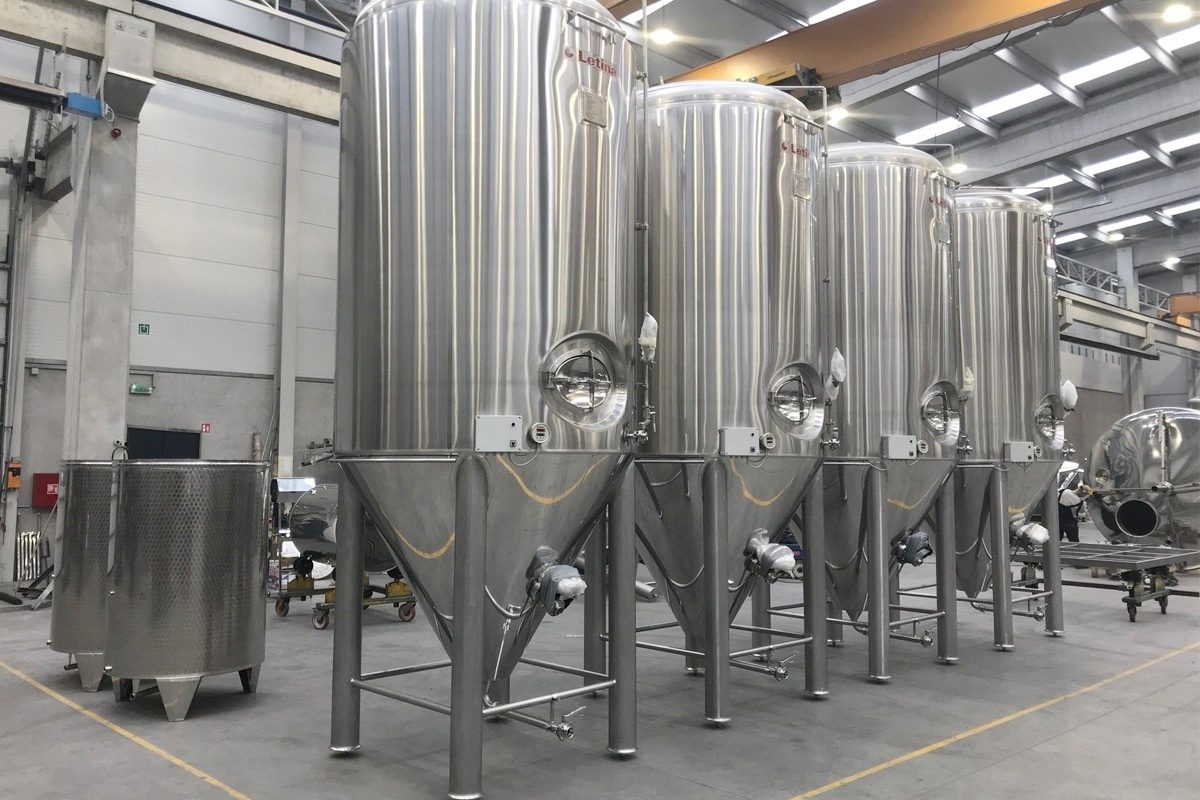
Unitank Advantages And Disadvantages
Unitank in Beer Brewing offers a revolutionary way to integrate multiple stages of beer production into a single container. Understanding these factors can help brewers make informed decisions in the ever-evolving craft beer space.
Advantages of Unitank
- Versatility: Unitank integrates all stages of beer production into one container, including fermentation, conditioning, carbonation, and storage. It simplifies the brewing process by minimizing transfers between containers and reducing the risk of contamination.
- Space efficiency: The ability to perform multiple functions in one container eliminates the need for separate tanks for each stage, saving space in the brewery. Breweries can optimize their brewery layout with fewer containers, potentially reducing operational complexity.
- Enhanced control: Many Unitanks come with integrated temperature control systems, allowing breweries to precisely regulate fermentation temperatures. Unitank handles the pressure created during fermentation and carbonation, allowing for better control of these critical processes.
- Quality control: Unitanks provide precise control of the entire brewing process, helping to achieve consistent quality and flavor profiles. Less transfer means less exposure to oxygen, potentially preserving the freshness and flavor of your beer.
- Flexibility: Unitank’s versatility allows breweries to produce a variety of beer styles without having to have dedicated tanks for each style. It can adapt to changes in production scale without requiring major changes to the setup.
- Time efficiency: By reducing transfer and handling, Unitank can make the brewing process more streamlined, potentially reducing overall production time.
Disadvantages of Unitank
- Initial investment: Due to its advanced design and versatility, a Unitank is generally more expensive than a specialized vessel such as a Bright Tank. For small breweries with a limited budget, the initial investment in Unitank may be an important consideration.
- Flexibility limitations: If all Unitanks are occupied to perform specific functions, the flexibility to brew different types of beer at the same time may be limited. Certain brewing processes may require specialized vessels for experimentation or specialized brewing, and Unitank may not be able to efficiently meet these needs.
- Maintenance challenges: The versatile design of Unitanks can cause cleaning and maintenance complications compared to simple vessels like Bright Tanks. Some Unitanks may need to be disassembled for thorough cleaning, which can be very time-consuming.
- Space utilization: While they can save space compared to using multiple tanks, Unitanks may not be suitable for all brewery layouts, especially smaller spaces.
Unitank revolutionizes brewing operations by integrating multiple functions into a single vessel, providing space efficiency, quality control, and versatility. However, its higher initial cost, cleaning complexity, and potential limitations in flexibility require careful consideration by breweries when selecting the most appropriate fermentation vessel for their specific production needs.
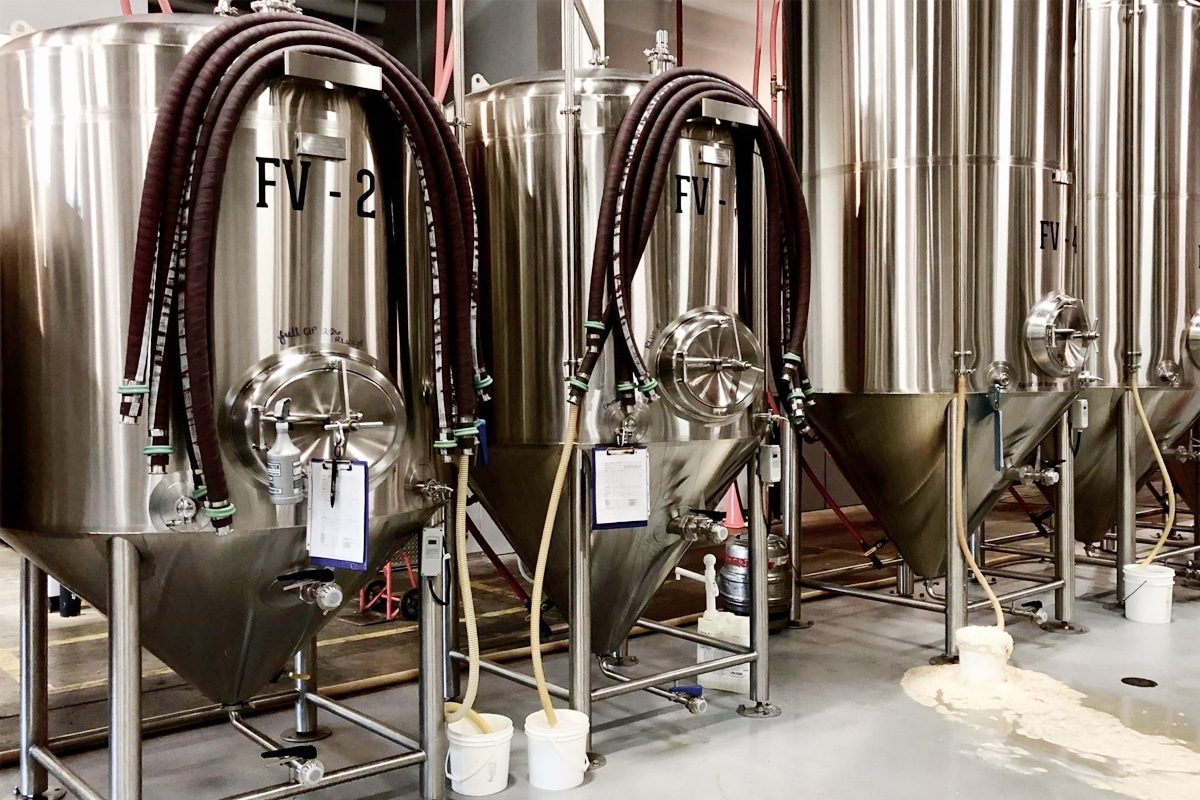
How to Choose Between Bright Tank And Unitank?
Choosing between a Bright Tank and a Unitank requires consideration of a variety of factors critical to a brewery’s operational efficiency, production goals, and quality standards. Here is a guide on how to choose between Bright Tank and Unitank:
Brewery Size And Production Scale
- Bright Tank: Suitable for smaller breweries or breweries with concentrated production. Ideal for breweries with continuous production processes including separate vessels for fermentation and conditioning.
- Unitank: More suitable for large breweries with higher production volumes. Great for breweries looking to streamline processes by integrating fermentation, conditioning, carbonation, and storage into a single vessel.
Beer Styles And Variations
- Bright Tank: For breweries producing a limited variety of beers with consistent conditioning and carbonation requirements. Ideal for breweries that value simplicity and don’t require the versatility of a multipurpose container.
- Unitank: Ideal for breweries with multiple beer styles and varying conditioning needs. Provides flexibility to experiment and adapt to different recipes within the same container.
Space Constraints
- Bright Tank: Ideal for breweries with ample space and a layout that allows efficient movement of beer between tanks, as they typically require separate tanks for fermentation and conditioning.
- Unitank: Ideal for breweries with limited space as they combine multiple functions into a single container, reducing floor space.
Cost Considerations
- Bright Tank: Generally speaking, Bright Tank is a more cost-effective option in terms of initial investment. Might be preferable for breweries on a budget.
- Unitank: Requires higher initial investment due to versatility and advanced design. Ideal for breweries willing to make a larger upfront investment for long-term efficiency gains.
Cleaning And Maintenance
- Bright Tank: Bright Tanks are generally simpler in design and easier to clean and maintain, making them more suitable for breweries with limited cleaning and maintenance resources.
- Unitank: Unitank has a more complex design and may require a thorough and meticulous cleaning procedure. Using Unitank requires a commitment to strict cleaning protocols to prevent contamination risks.
Future Growth And Expansion
- Bright Tank: Bright Tank is suitable for breweries with stable production levels and no immediate plans for major expansion. If production scales up, additional containers may be needed.
- Unitank: Unitank is ideal for breweries planning for future growth and scalability, providing the flexibility to accommodate increases in production without the need for major equipment changes.
Consultation And Expert Advice
- Seek advice from brewing equipment suppliers, consultants, and experienced brewers. At the same time, industry trends and advancements in brewing technology also need to be considered.
The choice between Bright Tank and Unitank varies slightly and depends on the specific needs, size, and goals of the brewery. Careful consideration of factors such as production scale, beer style, space constraints, costs, and future growth plans will guide a brewery in selecting the best container for its brewing operation. Consulting industry experts and leveraging their experience can further inform the decision-making process.
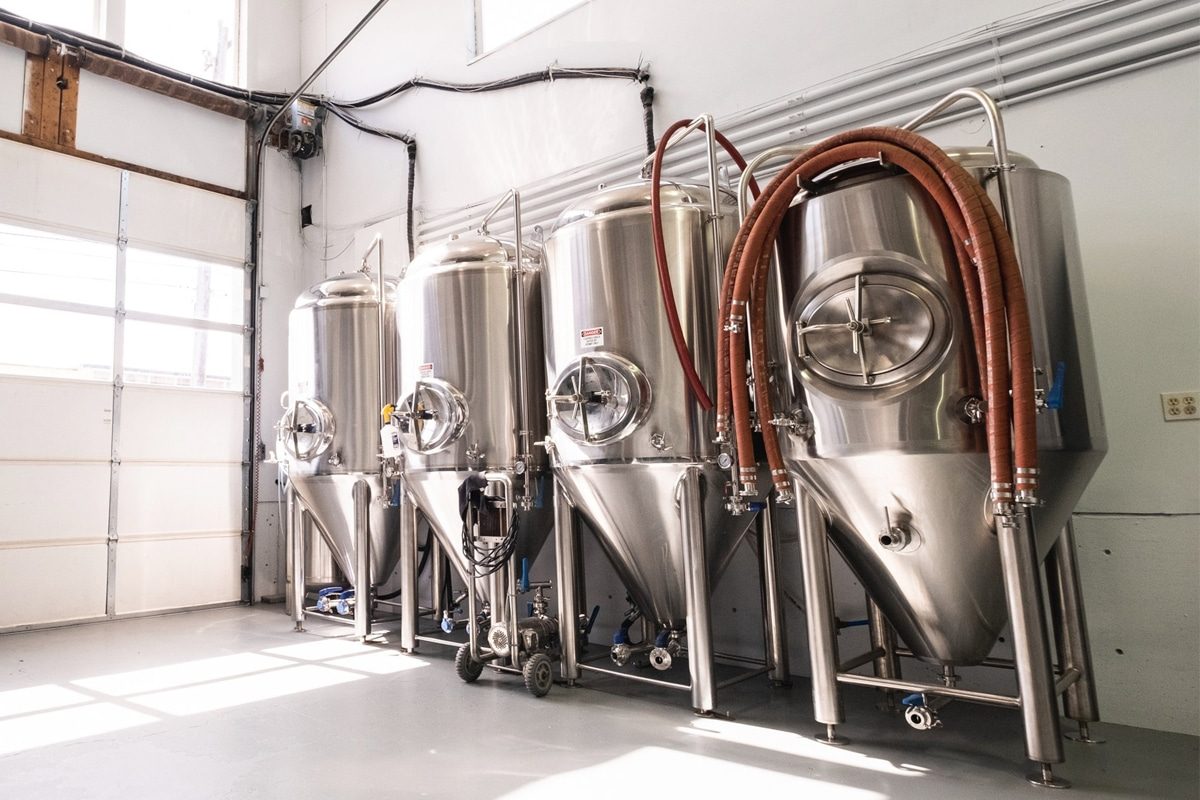
Summarize
This article provides a comprehensive guide to the brewery decision-making process. It outlines the key factors that influence container selection: brewery size, production needs, operational efficiency, budget considerations, and quality control. Choosing the right container for your brewery requires carefully evaluating its specific requirements, consulting with industry experts, comparing available options, conducting a cost-benefit analysis, and considering future growth prospects. In summary, the choice between Bright Tank and Unitank comes down to aligning container functionality with the brewery’s operational goals and long-term vision. Breweries must weigh the benefits of dedicated versus multifunctional functionality, space optimization against potential challenges, cost implications, and quality control needs to make informed decisions about optimizing their brewing processes.
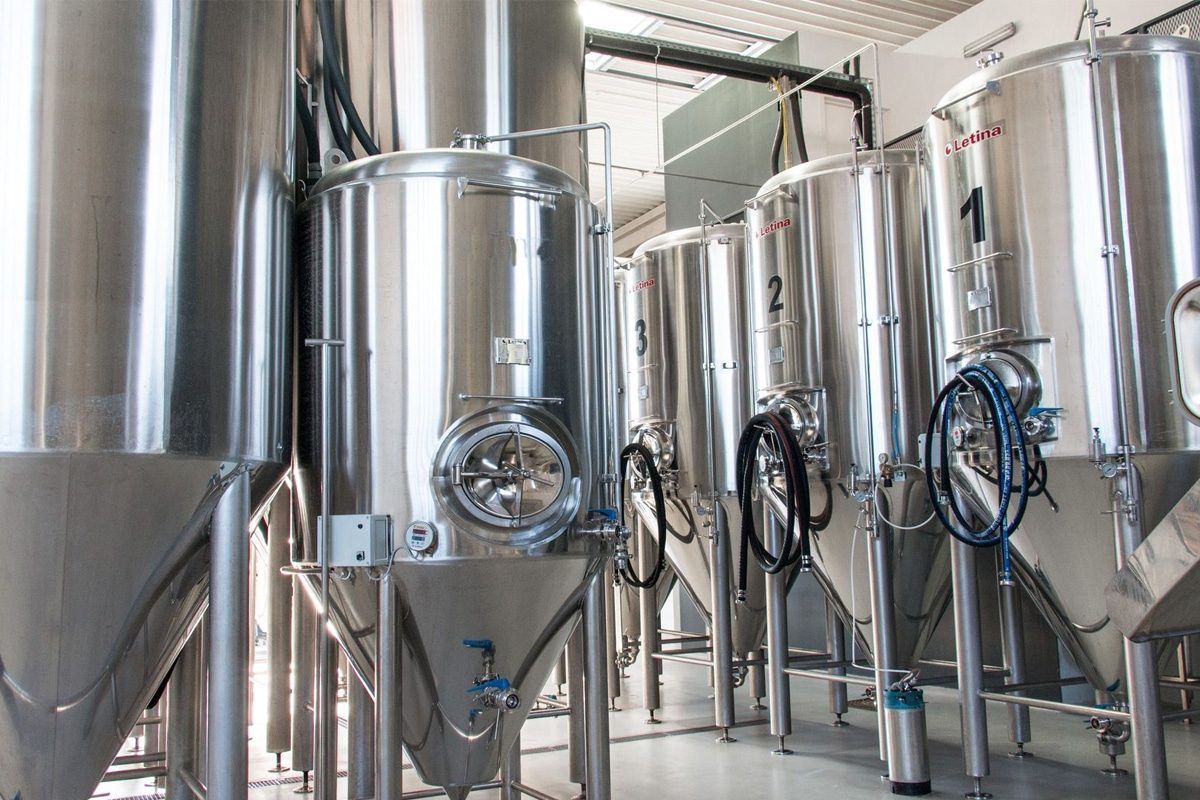
Brewery Turnkey Solutions
At ZYB Craft, we know that choosing the right equipment is only a small part of the puzzle. That’s why we’re more than just a brewery equipment provider, we offer complete turnkey solutions, guiding our customers from the initial brewing consultation to the successful completion of their first batch of beer. Trust us to be your brewing partner, guiding you every step of the way and helping you create great beers that resonate with your unique vision. Ask us today and let’s embark on your brewing journey together!



